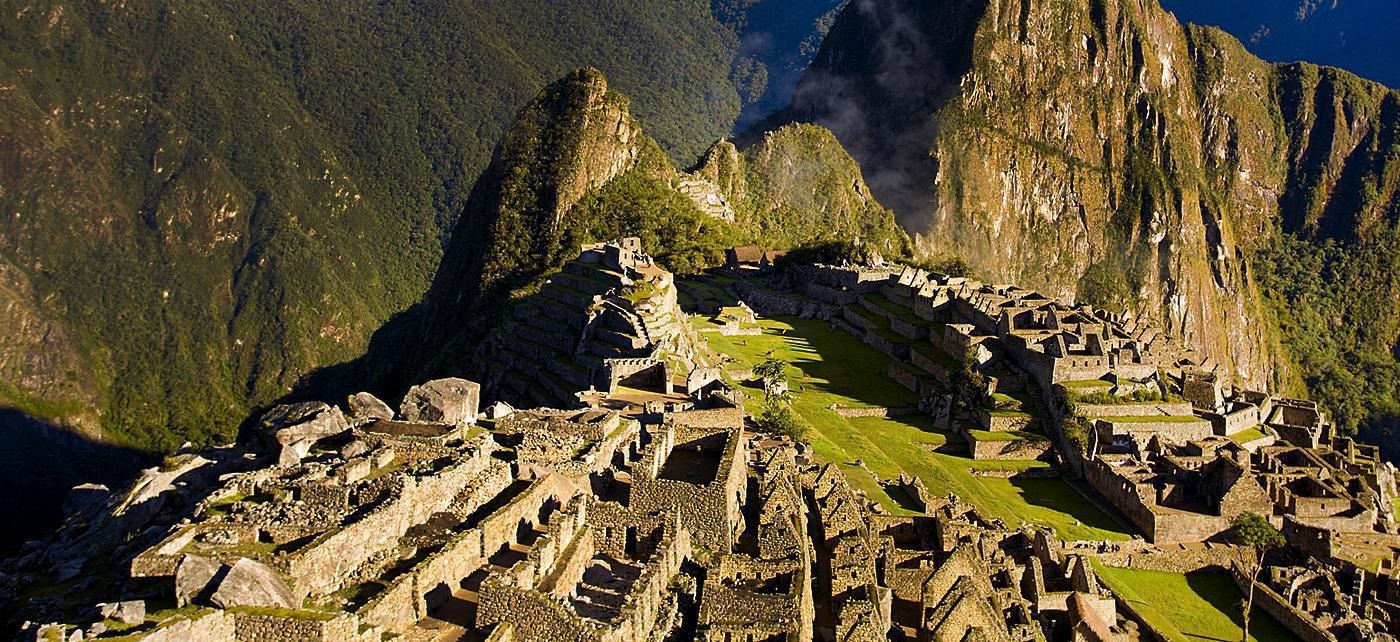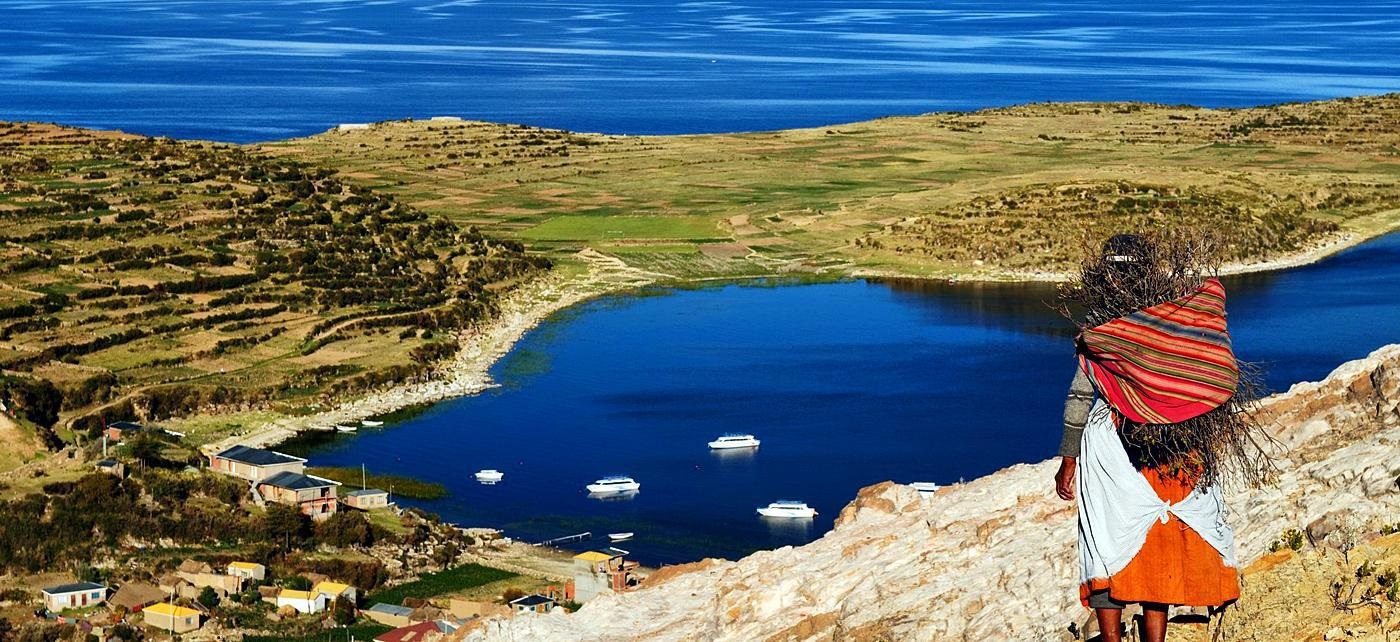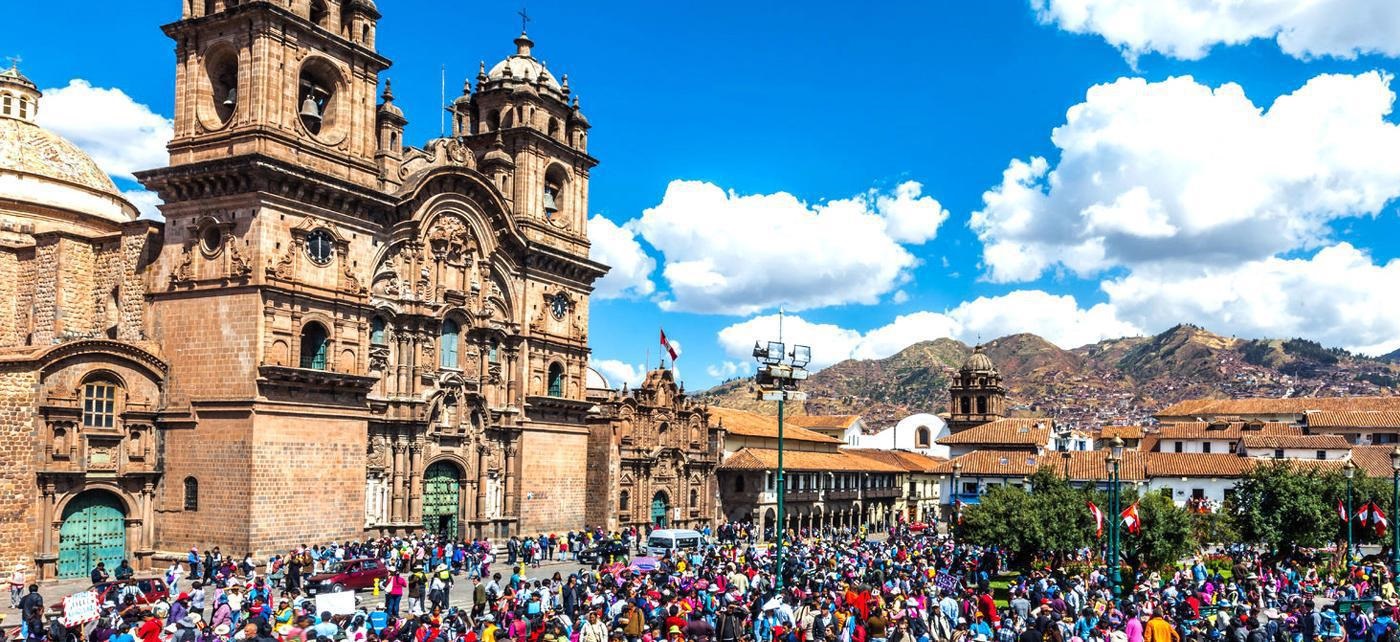Peru, officially the Republic of Peru, is a country in western South America. It is bordered on the north by Ecuador and Colombia, on the east by Brazil, on the southeast by Bolivia, on the south by Chile, and on the west by the Pacific Ocean.
Peruvian territory was home to the Norte Chico civilization, one of the oldest in the world, and to the Inca Empire, the largest state in Pre-Columbian America. The Spanish Empire conquered the region in the 16th century and established a Viceroyalty, which included most of its South American colonies. After achieving independence in 1821, Peru has undergone periods of political unrest and fiscal crisis as well as periods of stability and economic upswing.
Peru is a representative democratic republic divided into 25 regions. Its geography varies from the arid plains of the Pacific coast to the peaks of the Andes Mountains and the tropical forests of the Amazon Basin. It is a developing country with a high Human Development Index score and a poverty level around 31%. Its main economic activities include agriculture, fishing, mining, and manufacturing of products such as textiles. The Peruvian population, estimated at 29.5 million, is multiethnic, including Amerindians, Europeans, Africans, and Asians. The main spoken language is Spanish, although a significant number of Peruvians speak Quechua or other native languages. This mixture of cultural traditions has resulted in a wide diversity of expressions in fields such as art, cuisine, literature, and music.
Peru is a presidential representative democratic republic with a multi-party system. Under the current constitution, the President is the head of state and government; he or she is elected for five years and can only seek re-election after standing down for at least one full term. The President designates the Prime Minister and, with his advice, the rest of the Council of Ministers. Congress is unicameral with 130 members elected for a five-year term. Bills may be proposed by either the executive or the legislative branch; they become law after being passed by Congress and promulgated by the President. The judiciary is nominally independent, though political intervention into judicial matters has been common throughout history and arguably continues today.
Peru is a multiethnic country formed by different groups over five centuries. Amerindians inhabited Peruvian territory for several millennia before the Spanish Conquest of the 16th century; according to historian David N. Cook their population decreased from nearly 5–9 million in the 1520s to around 600,000 in 1620 mainly because of infectious diseases. Spaniards and Africans arrived in large numbers under colonial rule, mixing widely with each other and indigenous peoples. Gradual European immigration from England, France, Germany, Italy, and Spain followed independence. Chinese arrived in the 1850s, replacing slave workers, and have since greatly influenced Peruvian society. Other immigrant groups include Arabs and Japanese.
Peruvian cuisine reflects local cooking practices and ingredients—and, through immigration, influences from Spain, China, Italy, West Africa, and Japan. Due to a lack of ingredients from their home countries, immigrants to Peru modified their traditional cuisines by using ingredients available in Peru. The three traditional staples of Peruvian cuisine are corn, potatoes, and beans. These ingredients have been combined with a number of staples brought by the Spanish, such as rice, wheat and meat (such as beef, pork and chicken). Many traditional foods—such as quinoa, kiwicha, chili peppers, and several roots and tubers have increased in popularity in recent decades, reflecting a revival of interest in native Peruvian foods and culinary techniques.


